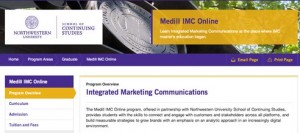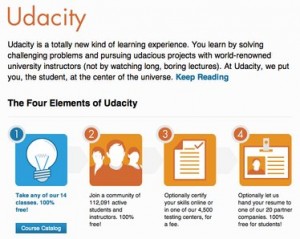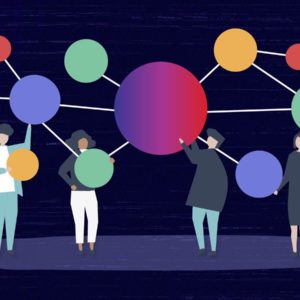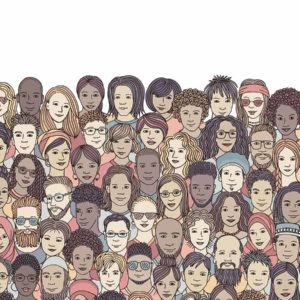Brands
How Tech-Driven Content Is Transforming Education
What do Ferraris and prestigious college degrees have in common? Most people can’t afford the six-figure price tag.
 Where should an 18-year-old find that kind of money? What about students who live in remote areas and can’t relocate? Or heads of households who can’t take time off? And what about the quality — will money spent translate into money earned? Are many smart and driven people just out of luck?
Where should an 18-year-old find that kind of money? What about students who live in remote areas and can’t relocate? Or heads of households who can’t take time off? And what about the quality — will money spent translate into money earned? Are many smart and driven people just out of luck?
“Unfortunately, post-secondary education in the U.S. is stuck in the 20th century with an Industrial Era-business model that is both worn at the edges and unsustainable,” writer Saul Kaplan wrote in an article for BloombergBusinessweek. “We need a larger percentage of the U.S. adult population to be able to earn that education at a price they can afford.”
There’s an educational gap that technology and content are filling in a sector-agnostic way. The following cases explain why.
The Education Sector: Northwestern University
This top-20 university has launched a range of graduate programs that students can complete at their own pace, from anywhere in the world. Lectures, assignments, and course discussions all happen online.
 It’s possible for students to complete these programs at night and while working, which makes the educational cost burden more reasonable. Students can spread the cost over several years instead of accumulating full-time debt.
It’s possible for students to complete these programs at night and while working, which makes the educational cost burden more reasonable. Students can spread the cost over several years instead of accumulating full-time debt.
Right now, online programs are available in a range of programs from literature to sports administration, information systems, and predictive analytics. Through online content, a high-end Northwestern degree transcends geography.
The Nonprofit Sector: Khan Academy
With $5 million in grant funding from Google and the Bill & Melinda Gates Foundation, Khan Academy provides an educational platform for people to study a range of topics from history to computer science, finance, and economics.
 There are thousands of tutorials on the side, but guess what? The project started out as a couple of YouTube videos.
There are thousands of tutorials on the side, but guess what? The project started out as a couple of YouTube videos.
“Khan Academy, the YouTube open-course series, began as a verbal contract with a 7th grade girl,” wrote Gregory Ferenstein in a FastCompany article. “[Sal Khan’s] younger cousin, Nadia, was struggling in math class and had agreed to sit in on remote tutoring sessions…Since YouTube encouraged universal access, Khan thought ‘Why Not?,’ and made the lectures public.”
The demand was bigger than Khan thought. People were hungry to learn.
“To his amazement, the videos were far more popular than his dedicated tutoring sessions,” Ferenstein wrote.
The Business Sector: Udacity
Computer science expert Sebastian Thrun gave up a prestigious teaching post at Stanford University to offer free online courses.
 It all started with a content-driven experiment when Thrun and his colleagues launched an online version of a popular artificial intelligence course.
It all started with a content-driven experiment when Thrun and his colleagues launched an online version of a popular artificial intelligence course.
“Usually I reach about 200 students and now I reach 160,000,” Thrun said in a CNN quote about his experience. “In my entire life of education, I didn’t have as much of an impact on people as I had in these two months.”
Believe it or not, Udacity makes money too. The company matches top talent with hiring managers at companies like Google.
Free to students, value-driven, high-quality, economically smart, and profitable? Thrun and his team are steering the business of education in a much-needed direction.
Top image courtesy of Slavoljub Pantelic/shutterstock
Get better at your job right now.
Read our monthly newsletter to master content marketing. It’s made for marketers, creators, and everyone in between.




